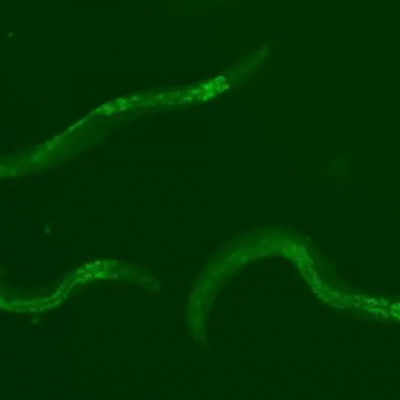Humans May Have a Magnetic Sense, According to Study
A new study from the California Institute of Technology suggests that humans may have a magnetic sense. While it is well-known that many animals possess a magnetic sense, it has long been debated whether humans do as well. The study, published in the journal eNeuro, was conducted by a team led by Prof. Joseph Kirschvink from Caltech, along with researchers from the University of Tokyo.
The researchers built a six-sided aluminum cage to block out external electromagnetic interference, and placed magnetic coils inside that could generate electromagnetic fields similar to the Earth’s magnetic field. They then had 34 adult participants sit inside the cage and face north while the cage was darkened. The researchers measured the participants’ brainwave activity using EEG while conducting various experiments, such as rotating the magnetic fields or having them run in only one direction.
The researchers found that under certain conditions, the participants’ alpha brainwaves decreased. Alpha brainwaves are associated with information processing in the brain, and their decrease occurred when the magnetic field was oriented north and then shifted up or down, or when the field was initially down and then rotated clockwise. The researchers believe this is evidence that humans are capable of perceiving changes in the electromagnetic environment.
The study also found that the perception of these changes varied among participants, with some reacting more strongly than others. The researchers speculate that humans may have certain cells with iron crystals that function like a compass needle, pointing north or south and opening pores in the cells to send magnetic signals to the brain. Similar magnetic crystals have been found in the brains of birds, which use them to navigate.
While the study does not prove whether changes in the magnetic field have an impact on human behavior, the researchers plan to conduct further experiments to explore this question. The study’s findings could have implications for understanding how humans navigate and orient themselves in their environment.










